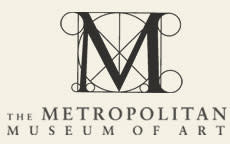[ad_1]
Source link : https://www.iloveny.com/thebeat/post/he-met-to-host-program-exploring-indigenous-heritage-sites-in-oceania-on-june-21/
Author :
Publish date : 2024-06-18 15:21:09
Copyright for syndicated content belongs to the linked Source.
